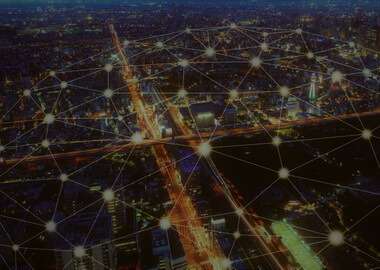Internet of Things for Smart Cities
Smart cities are a new concept in modern tech. The idea has been in circulation for a little over two decades, and through trial and error there have been three generations of smart cities.
Now, community leaders have come to understand the importance of giving residents direct access to urban technology.
Today smart cities are focused on providing faster navigation through city streets, a better quality of healthcare, higher environmental sustainability, and so forth. If you are wondering what being a smart city resident really means, what role of the Internet of Things in building intelligent communities is, and what cities have successfully applied these innovations, this post is a full rundown of IoT and smart cities.
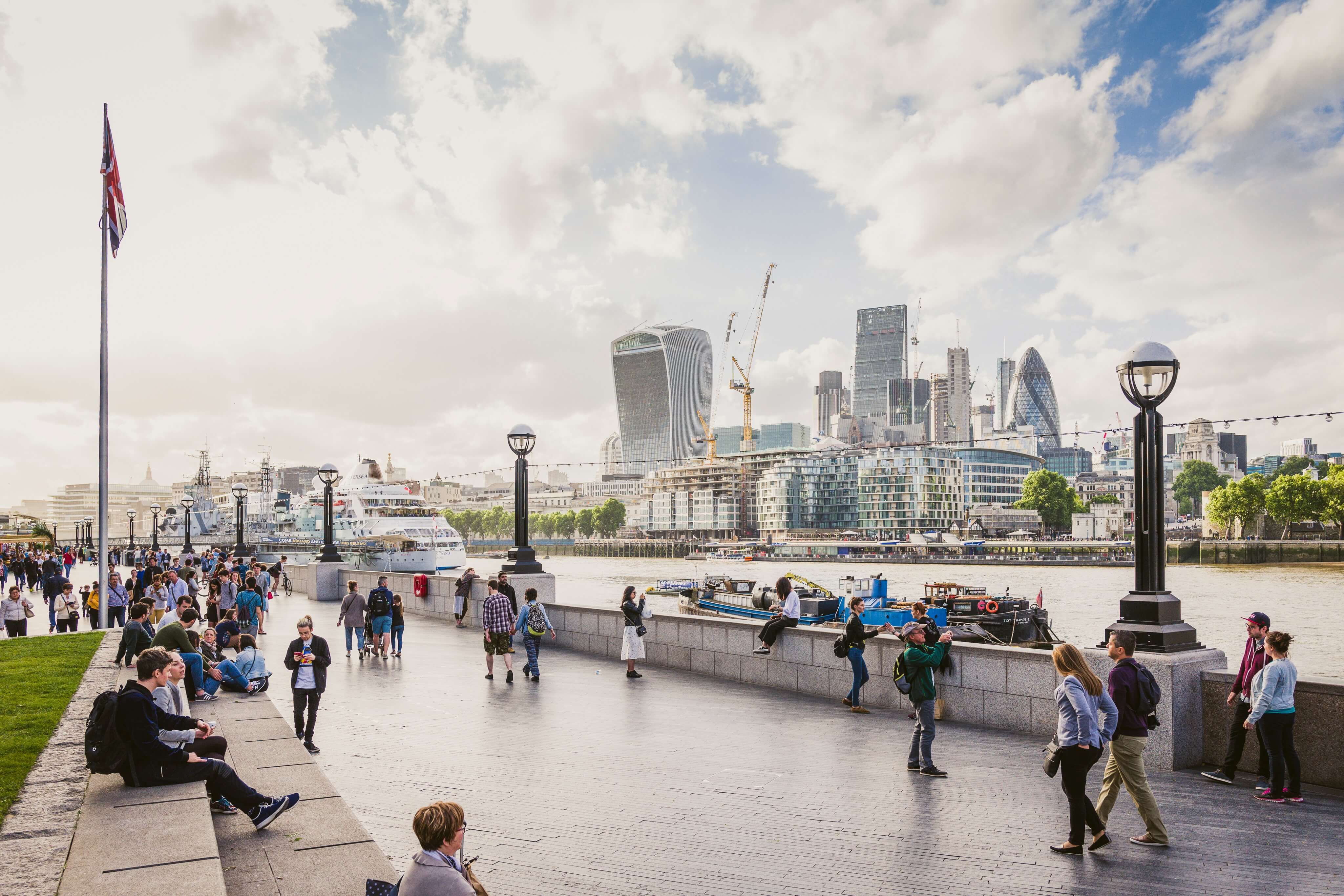
In most facets, the smart city IS technology. Innovations in information technology provide the fuel for better transportation, higher energy efficiency, public transparency, and safety. The array of technologies used to fuel smart cities depends on the location of communities as well as a vision of local governments.
Certain technologies are more widely used in the smart city sector than others. The following are top innovations that drive urban progress:
1. Information Communication Technology (ICT)
Information communication technology is usually used as a bridge to connect the structures of the community. ICT allows communication, transportation, and safety organizations to work together, eliminating ignorance regarding the state of the community.
Potential information communication technology applications may be the following ones:
- Sharing information on traffic density around town to create new routes and optimize congestion;
- Using analytic tools to monitor and reduce energy and water waste;
- Gathering data about mobility patterns;
- Video surveillance and analytics.
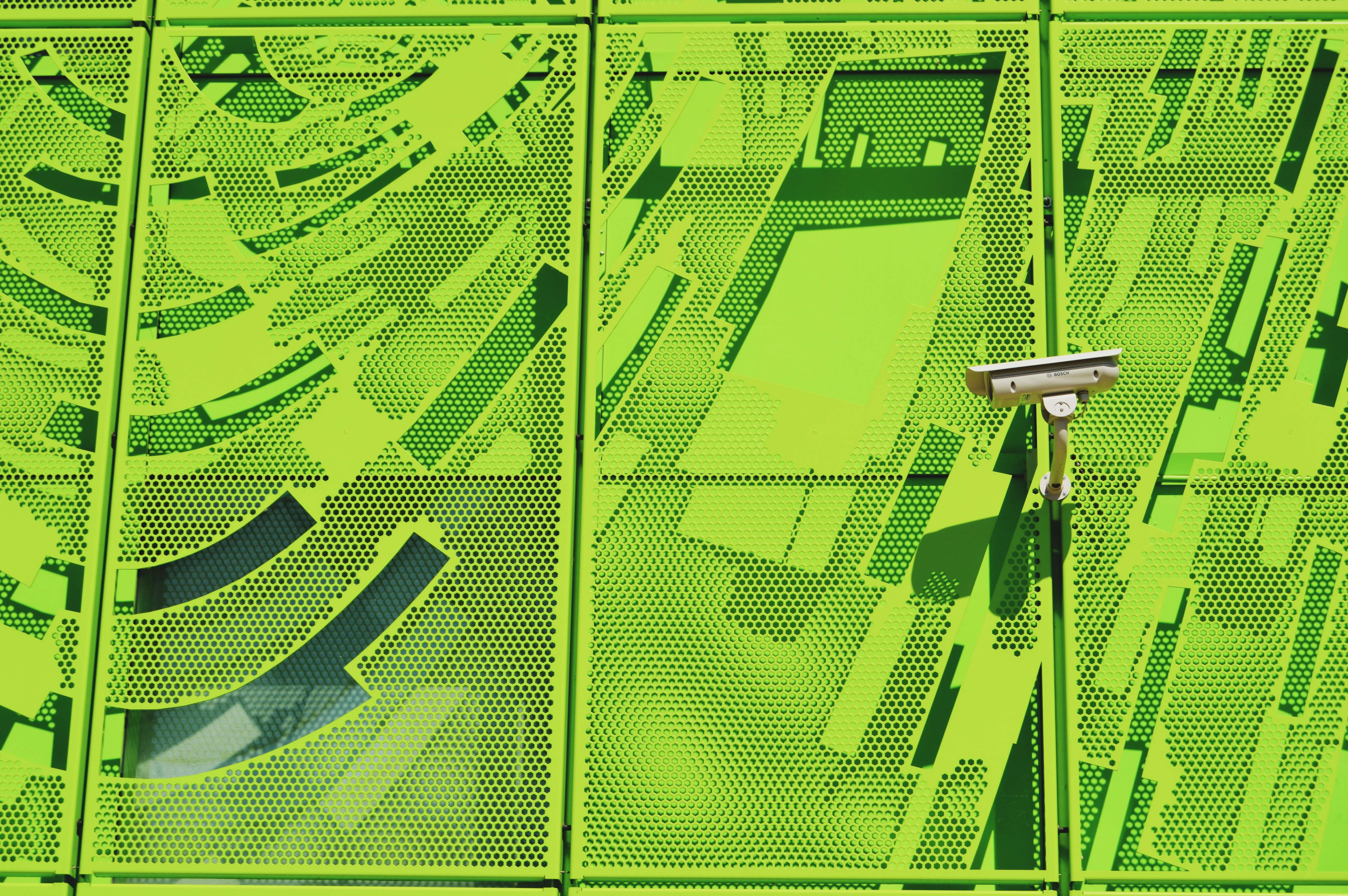
2. Internet of Things
Simply put, the Internet of Things is a network of connected devices that collect, share, and exchange data. The technology creates dozens of previously unthinkable opportunities in healthcare, transportation, waste management, citizen engagement, etc.
The IoT smart city applications are limitless. Now, community leaders are investing over $80 billion in RFID tags, explore the benefits of smart meters and other Internet of Things development projects.
3. Sensors
Sensors are a crucial technology to empower innovations in other domains — AI, IoT, and so on. Continuously monitoring streets and scanning temperature, traffic congestion, and other data, community managers will be able to trace patterns and predict future changes.
Here are the types of sensors smart cities can benefit from:
- Temperature sensors;
- Accelerometers;
- Proximity sensors;
- Ultrasonic sensors;
- Light sensors.
In smart cities, sensors are commonly paired with the Internet of Things — this way, the technology can be exploited to the fullest extent.
4. Geospatial technology
GPS tools have a wide range of applications for smart cities. For one thing, it brings communities closer together thanks to digital maps. Tourists and city residents can comfortably access historical monuments and other forms of cultural heritage.
Other than that, geospatial tools improve the efficiency of emergency responses.
Finally, GPS applications are crucial in reducing traffic congestion and improving daily commutes.
5. Artificial intelligence
The technology is widely used to improve waste and transportation management — the Indonesian government joined efforts with Google to create a solution that helps pinpoint recyclables.
Artificial intelligence helps municipal officials extract valuable insight from all the data collected via sensors or information communication technology tools.
Stricter systems like the Chinese ones use AI to enforce legal compliance of citizens. AI detects and reports on individuals who are not paying for bus tickets, park outside of the lots, and so on.
While there are plenty of challenges and mistrust related to the use of AI in smart cities, the fact remains: artificial intelligence is a force for the urban sector to reckon with.
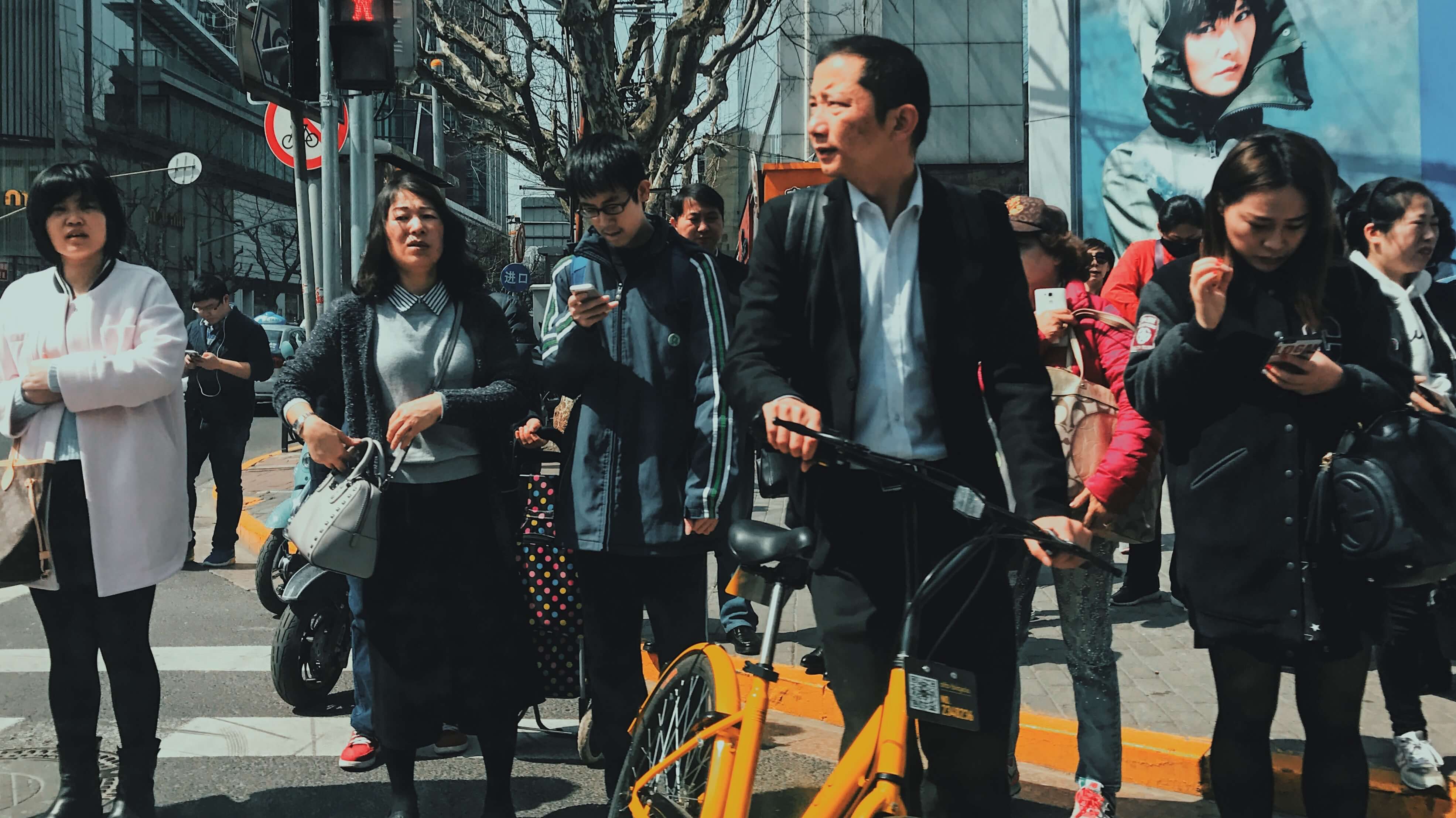
6. Blockchain
Blockchain brings transparency to all facets of infrastructure. It connects consumers, businesses, and governments via a system of distributed ledgers. Urban blockchain is not uncommon — it has been adopted in Estonia since 2012 and is on Dubai’s list of goals to achieve by next year.
Smart technologies bring forth connectivity, transparency, and increased control of the urban landscape. That’s why they stand at the core of intelligent cities.
Local governments implement the Internet of Things in the smart city for many reasons — increasing the level of a town’s attractiveness for tourists, improving the efficiency of administrative tasks, reducing bottlenecks for residents as well as the overall cost of living.
The following objectives are most community leaders’ top priorities:
1. Reduce daily commute frustrations
- Managing traffic efficiently;
- Creating a transparent public transit environment;
- Improving traffic safety.
Considering the growing urban population and vehicles on city roads, managing the flood of transport is crucial to communities. Low efficiency, monetary losses due to accidents, and low satisfaction levels are all traffic-related issues.
According to McKinsey, intelligent mobility management systems such as an IoT car parking system or traffic management tools will bring forth impressive improvement. By 2025, municipal officials expect to cut commute times by up to 20 percent.
Other than that, community leaders hope to encourage residents to choose public transit over driving a private vehicle — it’s cheaper, more ecologically sustainable, and efficient. IoT-enabled public transit transport will assist in cutting waiting times on bus stops and make the ride more personalized and comfortable.
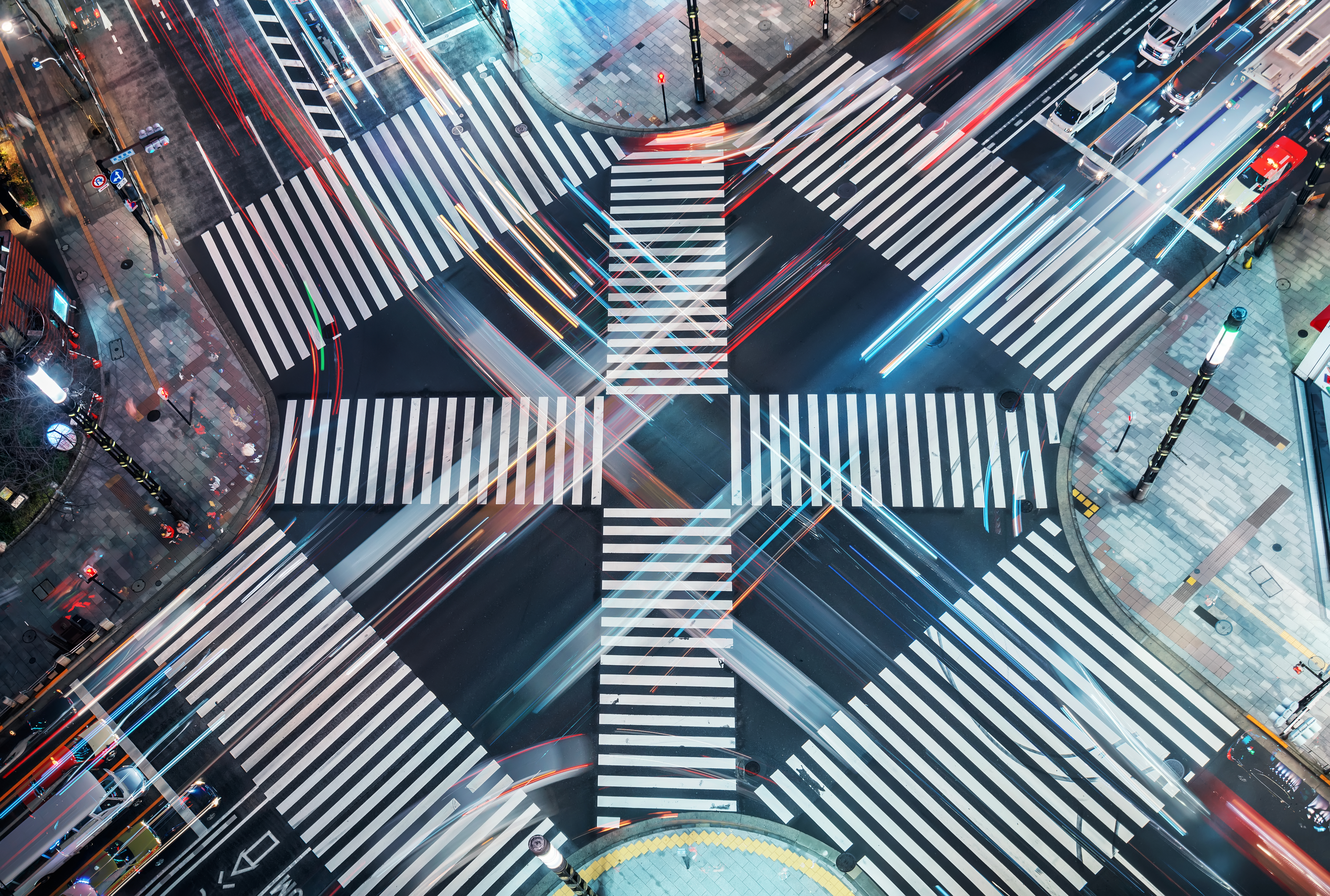
2. Fight crime
- Data-driven investigations;
- Faster first response;
- Continuous public safety monitoring.
Cities with over a million residents are challenging to manage. That’s why there’s a higher risk of becoming a victim of homicide, rape, and other atrocious crimes. While IoT is not a definite remedy against crime, timely responses and vigilant monitoring alone will save hundreds of lives each year.
Using the Internet of Things, authorities can predict crimes and prevent them from happening by digitally mapping high-risk zones and increasing the level of monitoring in these areas, among other tools. Innovations like connected response systems will come in handy too, cutting first response times by 10-20%.
3. Create a sustainable environment
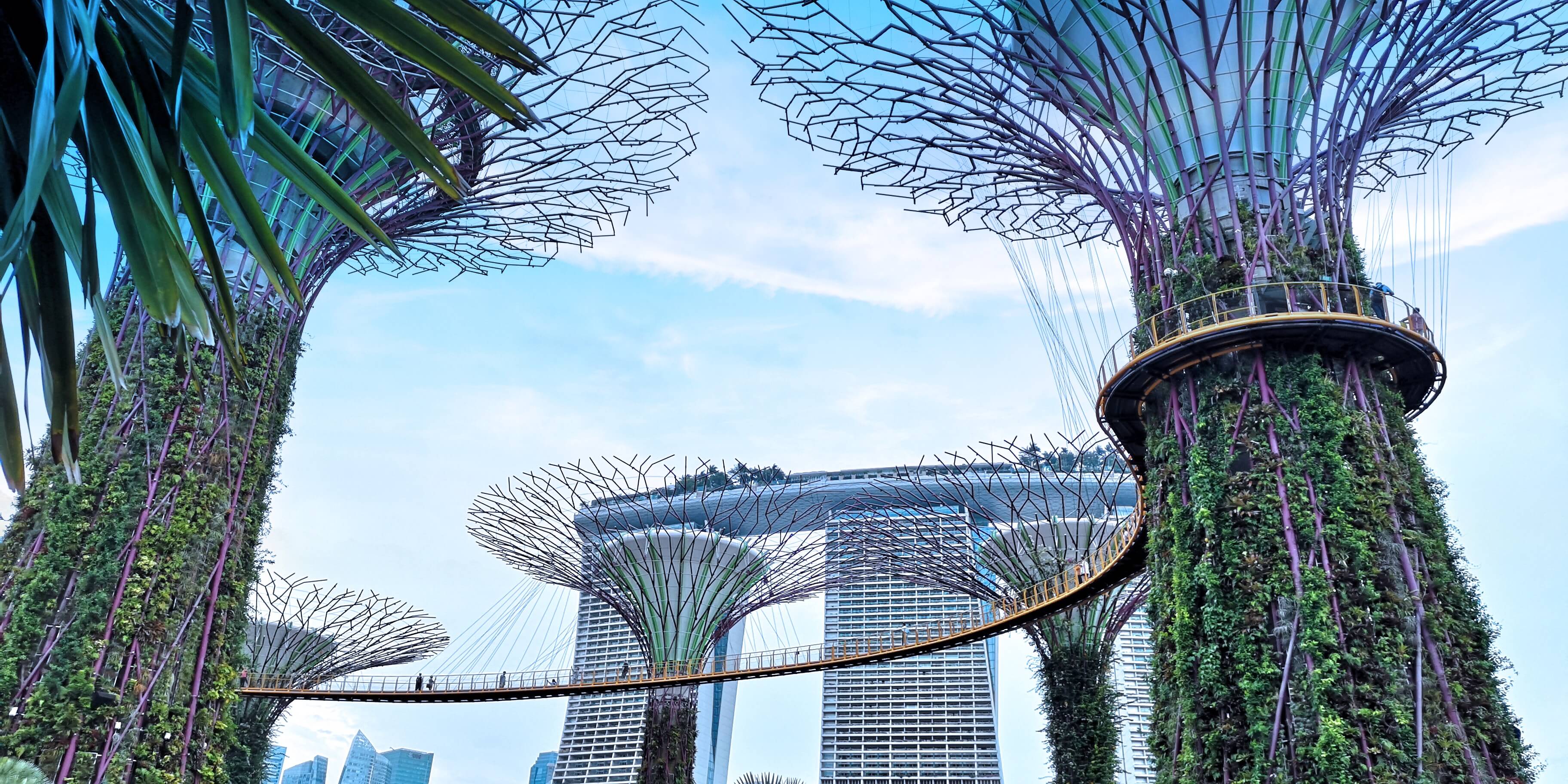
- Monitoring air quality;
- Tracking and reducing resource waste;
- Optimizing energy efficiency.
While urbanization is, generally, a positive trend, the environmental challenges it brings are tremendous — including increased carbon dioxide emissions, the warehouse effect, air pollution.
Resource management systems can encourage city residents to keep an eye on how much water and electricity they spend per day. Implementing air quality sensors will help measure the level of pollution and address the issue. In Beijing, the path has already been well-laid — a sensor system helped reduce air emissions by 20%.
4. Improve the quality of communication with local officials
- Tools for connecting the public and the government;
- Increasing transparency when it comes to administrative tasks;
- Improved data sharing within governmental structures.
The Internet of Things brings the idea of connectivity to a new level. The technology will eventually fuel the platforms for government-public collaboration. Other than that, public offices are looking forward to streamlining internal processes using IoT-empowered data sharing and exchange. Thanks to connected cloud platforms, local governments will have a better awareness of each other’s actions and will be able to inform residents to the best of their ability.
Bristol is one of the cities that uses the Internet of Things to cut the red tape. With its ‘Bristol is Open’ platform, the community aims to build partnerships with residents and increase engagement.
Using IoT and city pairing for administrative task handling will reduce the reluctance of city residents to fill in tax returns, healthcare papers, and other documentation. It will also increase the public’s desire to contribute to the community.
5. Encourage investments in the infrastructure from the private sector
- Highlighting investment opportunities for corporations and small businesses;
- Encouraging private sector activity in education, healthcare, and other facets of public life;
- Providing businesses with a transparent view of what the government managed to achieve thanks to private investments.
Finally, one of the most ambitious hopes city leaders harbor for IoT is to build legacy systems. Using connected solutions, the authorities can strengthen bonds with local businesses. IoT-empowered platforms can collect insights based on after scanning the activity in town and share them with businesses.
For instance, instead of investing in starting a new bus line, the government can encourage local businesses to provide an on-demand public transit service. This way, SME owners will be able to identify and explore user demands — community leaders will reduce bottlenecks and inconveniences in the residents’ daily lives.
While most cities are slow and reluctant in IoT adoption, the pioneers in the field of intelligent cities have successfully implemented more than a few community-friendly innovations. Here are some of the IoT use cases in the urban domain:
- Efficient water supply systems. IoT is a game-changer in reducing water consumption. It becomes extremely efficient when it comes to leak detection, analyzing water consumption at an industrial organization, and offering insights for resource usage optimization. Governments can invest in consumer-faced platforms as well — households will be able to keep track of water consumption and be rewarded for smart resource usage.
- Traffic congestion monitoring. Smart traffic signal system is a possible IoT application in smart city — it’ll detect busy roads and provide residents with alternative routes. Using sensors to detect congestion in real time will increase the response time. Connected transportation management platforms will be a breakthrough in the area of accident monitoring and response.
- Energy-efficient buildings. The Internet of Things has already helped households optimize energy usage by empowering smart thermostats. A change as impactful is possible in the urban sector as well. With the help of a centralized system, all lighting, cooling, and heating systems in town can be connected and analyzed collectively to get a big-picture view of energy consumption.
- Camera monitoring systems for public safety. With connected monitoring systems, governments will be able to collect and analyze hours of footage from the entire city. IoT infrastructure monitoring helps illuminate every street throughout the entire night without using an excessive amount of energy. That alone is capable of reducing crime rates and bringing peace of mind to the residents.
- Smart waste management and encouragement monitoring. Projects like smart bins provide manufacturers and households with an awareness of how much waste they produce per day. Another way to incorporate IoT into waste management is to implement smart packaging technologies like QR codes, RFID tags. This way, a city resident will be able to find information on how to safely dispose of waste in no time.
If you still think that building smart cities and Internet of Things implementations are both abstract ideas, take a look at the following communities that managed to successfully benefit from connectivity.
1. San Jose
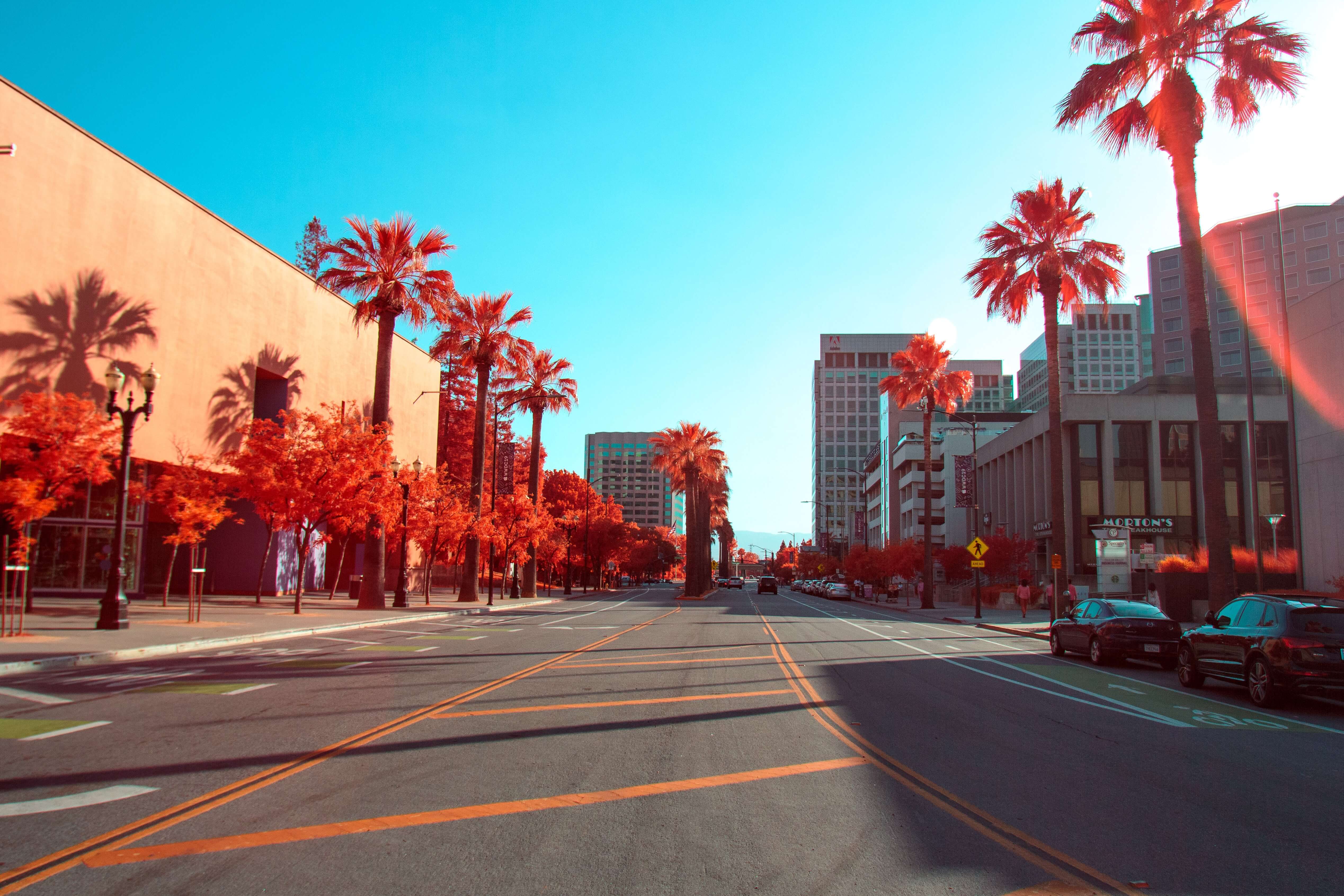
To a significant extent San Jose can be called a smart city using Internet of Things technology. This mechanism helps support its residents, and the community has published a plan for how they set to become America’s most connected city.
Here are some of the steps city officials have taken to achieve the utmost intelligence:
- Creating a connected neighborhood dashboard that offers residents more awareness of their living areas and helps solve possible issues through collaboration and joint effort;
- Using connected data gathering and visualization systems to provide residents with a transparent picture of the state of the city;
- Digitizing and automating all administrative services;
- Deploying resources and water management technologies;
- Using connected mobility platforms to reduce GHG emissions.
2. Singapore
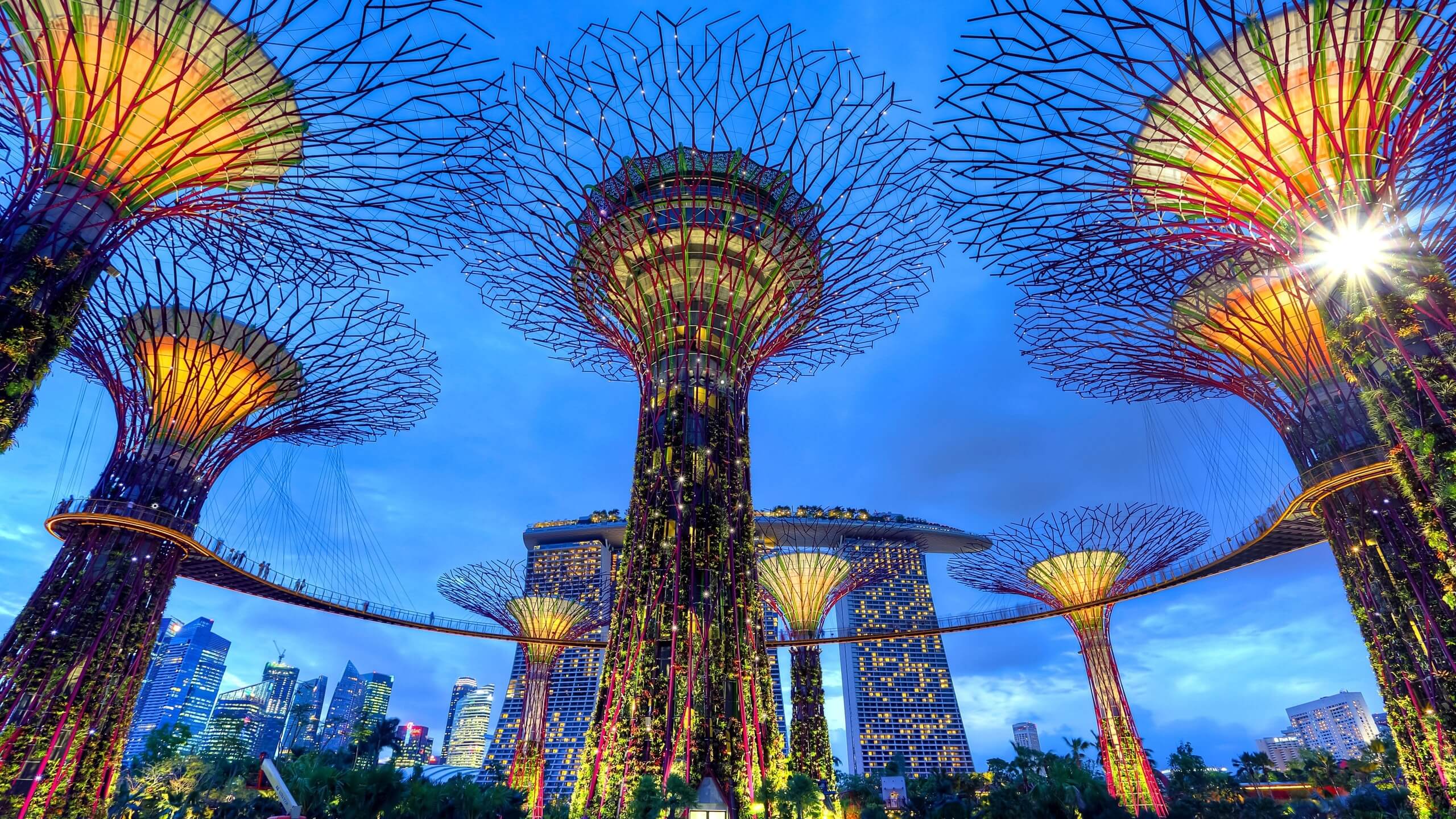
Singapore has always been one of the most technologically developed countries in the world. It’s no wonder that the city of Singapore is also one of the most intelligent communities considering its Smart Nation program.
It covers all facets of urban life:
- Transportation — autonomous vehicles, on-demand shuttles, contactless fare payments, and open data analytics systems.
- Living conditions — meter reading to monitor water usage and using drones for dengue fever control.
- Healthcare — assistive technology, the National Steps challenge with a dedicated connected app and TeleHealth IoT solution for smart city.
- Businesses and startups — a sandbox for fintech innovations, a hub for digital projects, and network trade platforms.
Learn more
About IoT in healthcare
3. London
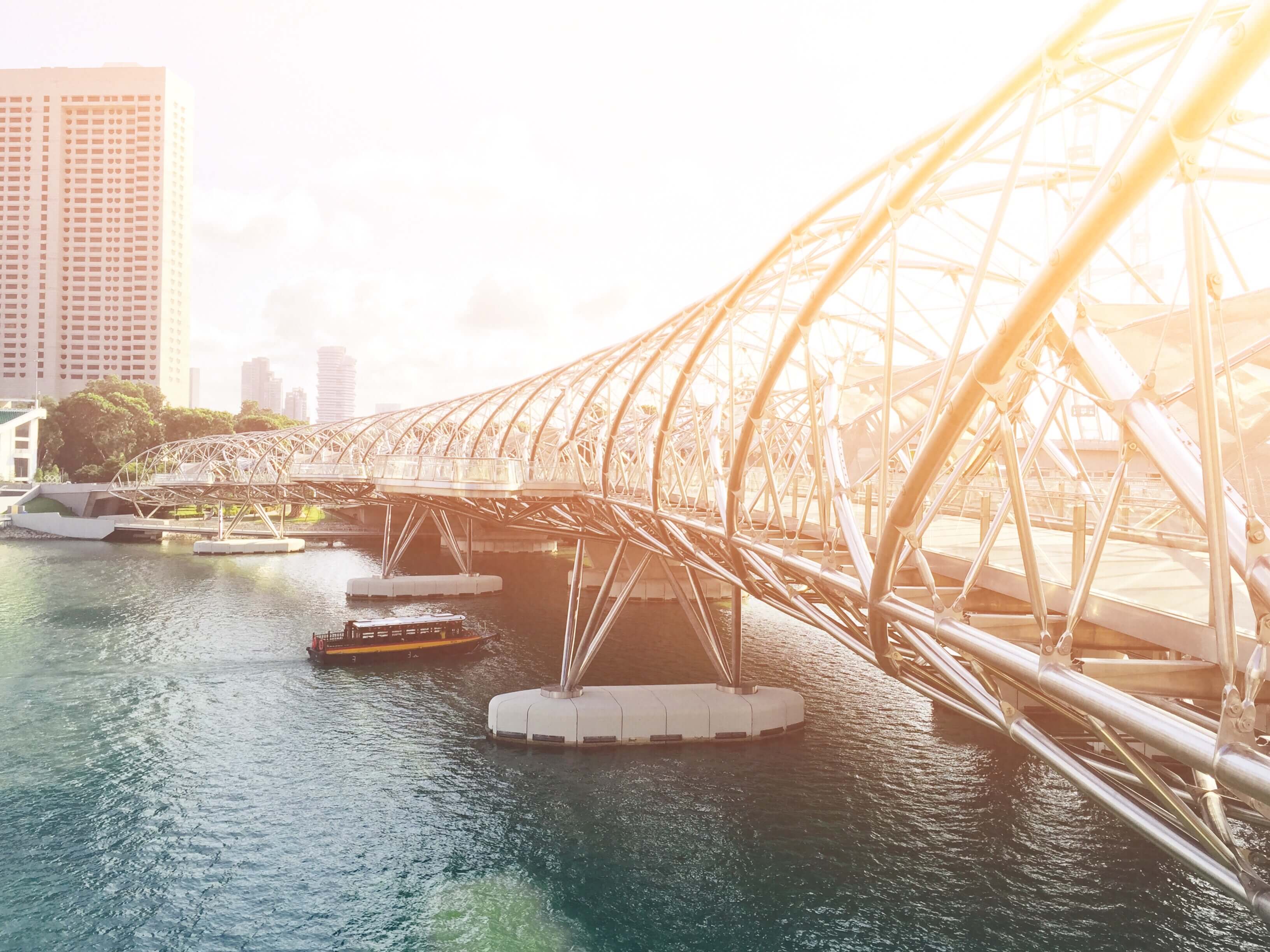
To implement innovation in the city, and to make it easier to navigate for foreign tourists and more comfortable for residents, the city mayor meets with a team of tech specialists four times per year. Together, the Smart London Board outlines which innovations should have the highest priority for the town, works on creating strategies, and analyzes the role of IoT in smart cities.
The agenda and summary of each meeting are available for open access.
4. Oslo
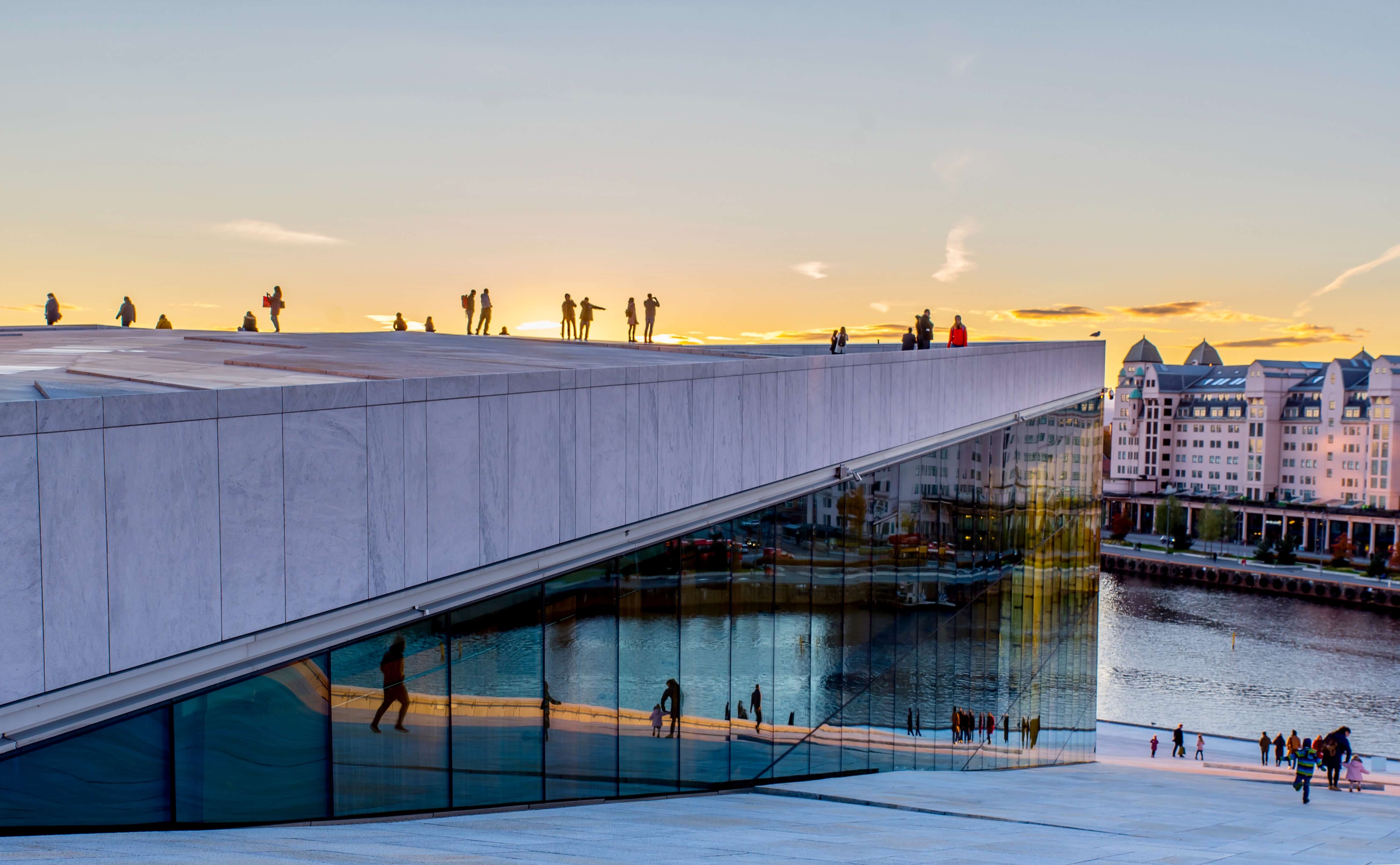
Oslo used the Internet of Things in city development to monitor neighborhoods and plant a reasonable amount of greenery around the city. The city officials implemented a connected lighting system as well which makes Oslo one of the most energy-efficient cities in the world. The city is a poster child for private-public sector collaboration. Oslo uses IoT to ensure businesses are free to connect with public offices.
Oslo’s sustainability efforts were recognized by the European Commission — last year, the city was named the most sustainable city in Europe.
If you are a representative of a public office and want your community to benefit from the Internet of Things, contact Digiteum. We have completed dozens of projects in all facets of urban life — including energy, healthcare, education, and more.
Recently we’ve worked on an IoT-enabled energy management system. The main features include:
- Remote controlled electric circuits;
- Real-time power consumption monitoring;
- Detection and prediction methods for life-threatening electric anomalies in households;
- Automated calculation of energy consumption cost and future spending prediction.
As a custom IoT development company, we work on diverse middleware and software projects for gathering, processing and managing IoT data. Contact us to learn more.
Smart cities combine an open, community-friendly approach to policy- and decision-making with the power of technology. Using innovations like the Internet of Things, public offices can connect with businesses and the public and improve the quality of transportation, jobs, healthcare, and living conditions.
Despite a common misconception that only prosperous communities can benefit from smart technology, smaller towns can take advantage of its efficiency as well. If you are working on smart city applications and need a skilled and qualified software development team, reach out to Digiteum. We have worked on various IoT projects developing software for companies and organizations across different industries, including energy, healthcare and logistics.
Contact us to discuss your ideas —we will reach out right away!


